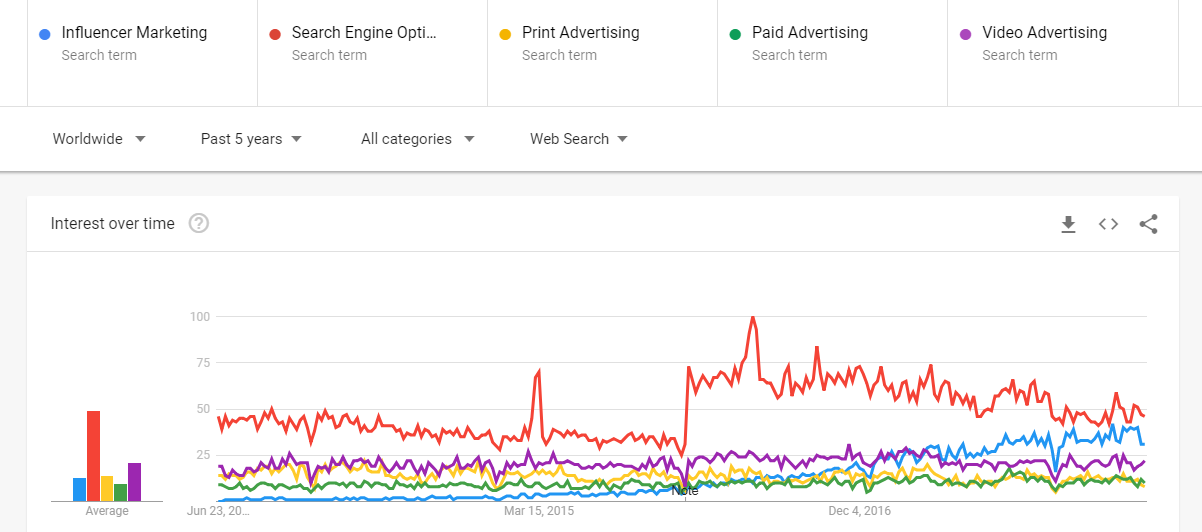Before the New Year, we revealed our predictions for content marketing in 2018. Among them, we asserted that winning brands will have local content strategies. As the year progresses and local strategies are continuing to expand beyond just creating store pages and managing citations across the web, we’re looking at five steps you can take to localize your entire content marketing strategy.
1. Conduct market and audience research
The first step to any localized marketing strategy is understanding exactly who your local audiences are. While car buyers might have the same needs and pain points in Quebec as they do in Alberta, retail fashion shoppers most certainly will not. For example, while Quebec shoppers are generally more willing to spend on clothing they consider to be innovative and trendsetting, Edmonton consumers are some of the most price sensitive in the country. Audiences in those two markets will require different messaging from brands who hope to gain their business.
Beyond market research, your social and website analytics can help paint a picture of who your audience is. Platforms like Google Analytics can show the age, gender and location of your website users along with the pages they visit and the products they buy. Social analytics on Facebook can show who your followers are, where they’re located, and who frequently interacts with your content.
Geography plays a large role in the psychographic profile of customers, and in-depth market and audience research will go a long way to ensure your messaging is relevant to local customers.
2. Conduct local keyword research
Tools like the keyword planner from Google are great for local research. After entering your product or service, or a related keyword, the keyword planner will display keyword and ad group ideas, with the average number of monthly searches and competition for each one. With filters that let you target your results based on city, state/province or country, you can see precisely which keywords your audience searches for frequently in individual locations and what questions they are asking related to your product or service.
3. Craft locally relevant messages
The goal of content marketing is to provide the right content to the right people, at the right time and place, and in the right format. In fact, nearly 2/3 of smartphone users are more likely to purchase from companies whose mobile sites or apps customize information to their location.
Once you’ve got a good understanding of your audience and what information they care about, you’ll be able to craft and amplify messages based on local attitudes, cultural nuances and even current events in certain areas. Every local area has some conferences, festivals or events that provide businesses with an opportunity to insert themselves into the conversation and show that they have their thumb on the pulse of the local community.
4. Geo-target your social content
If granular targeting is your goal—which is the case for many local businesses—social media advertising is the way to go. On Facebook, for example, you can target your ads to users based on state/province, city, zip code or business address. You can further refine your local targeting to specify people who live in the area, are visiting the area, or have recently been in the area.
It may be surprising, then, that around 85% of Facebook ads are only targeted by country instead of specific location, and only 45% of ads use interest targeting. Social ads can help drive brand awareness, website conversions and store visits. Most platforms allow you to begin boosting posts with a minimum spend, so it’s easy to keep your budget in check—a key concern for most local advertisers.
5. Activate local influencers
With the rise of ad blockers over the last few years, it’s becoming more and more difficult to reach internet users with advertisements. Influencer marketing offers a solution to that problem and has several great benefits—including 11 times the ROI of traditional digital marketing and an opportunity to reach new audiences at the local level.
Even Google Trends shows a steady increase in search interest for influencer marketing over the last five years, having recently overtaken print advertising, paid advertising and video advertising, while closing the gap significantly on search engine optimization.

Many micro influencers have an engaged audience in a particular location who follow them based on their specific sphere of interest and influence and trust their recommendations when it comes to product or service endorsements. However, influencers don’t always need to be bloggers or local celebrities—you can often find them among your staff or existing customer base. Finding people who already love your brand will come across in the content that they create. Your content will be authentic, and your influencers will be happy to work with you.
Localized content marketing requires a heavy dose of research and tactical planning, but the payoff can be enormous. Brands that show they can think like locals and connect with the communities where they operate will have more customers, happier customers, and loyal customers.
Tzvi Grosman is a Content Strategist on DAC’s busy Content Strategy team. To learn more about what it takes to translate great content to business results, please contact DAC today!




